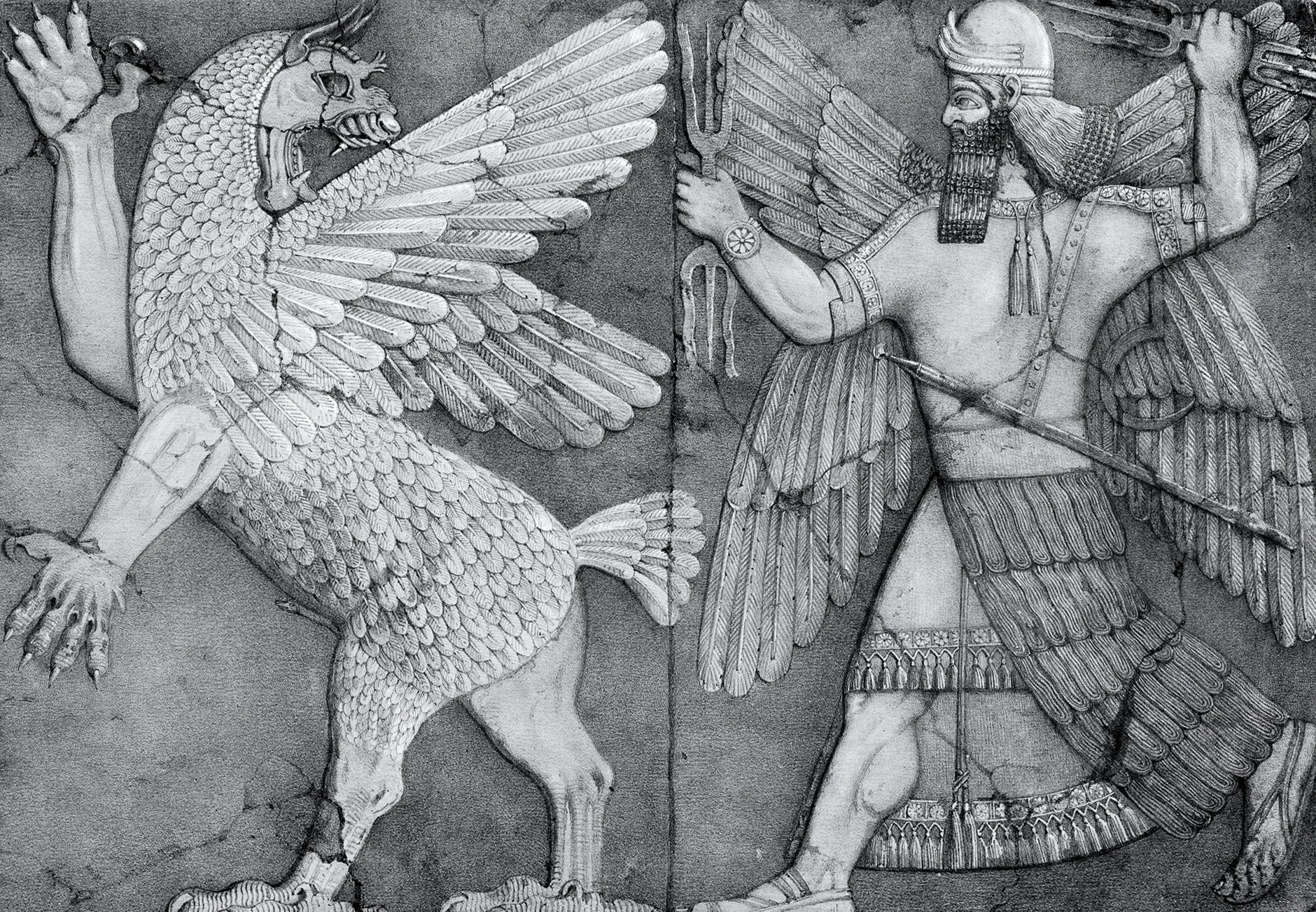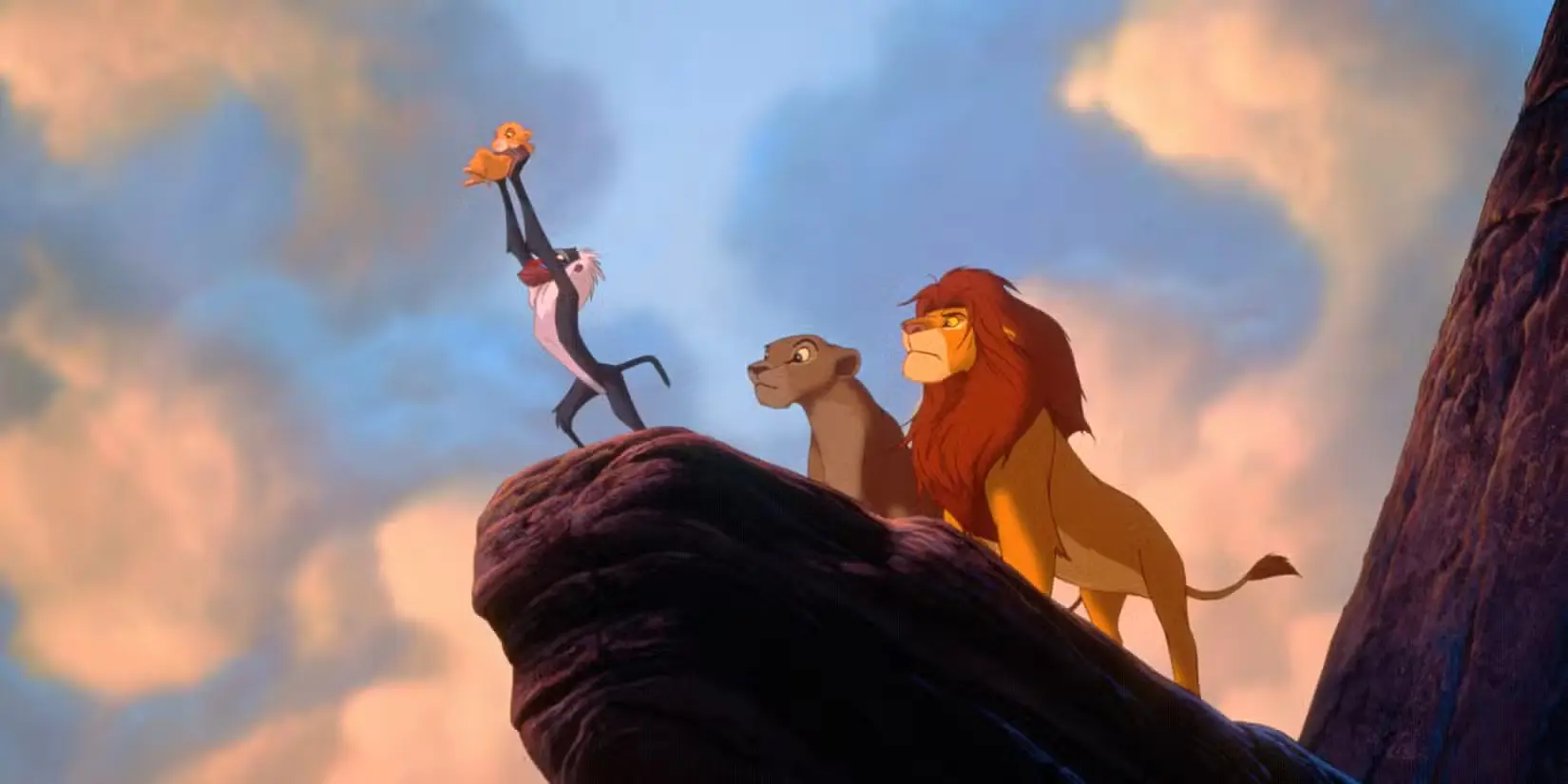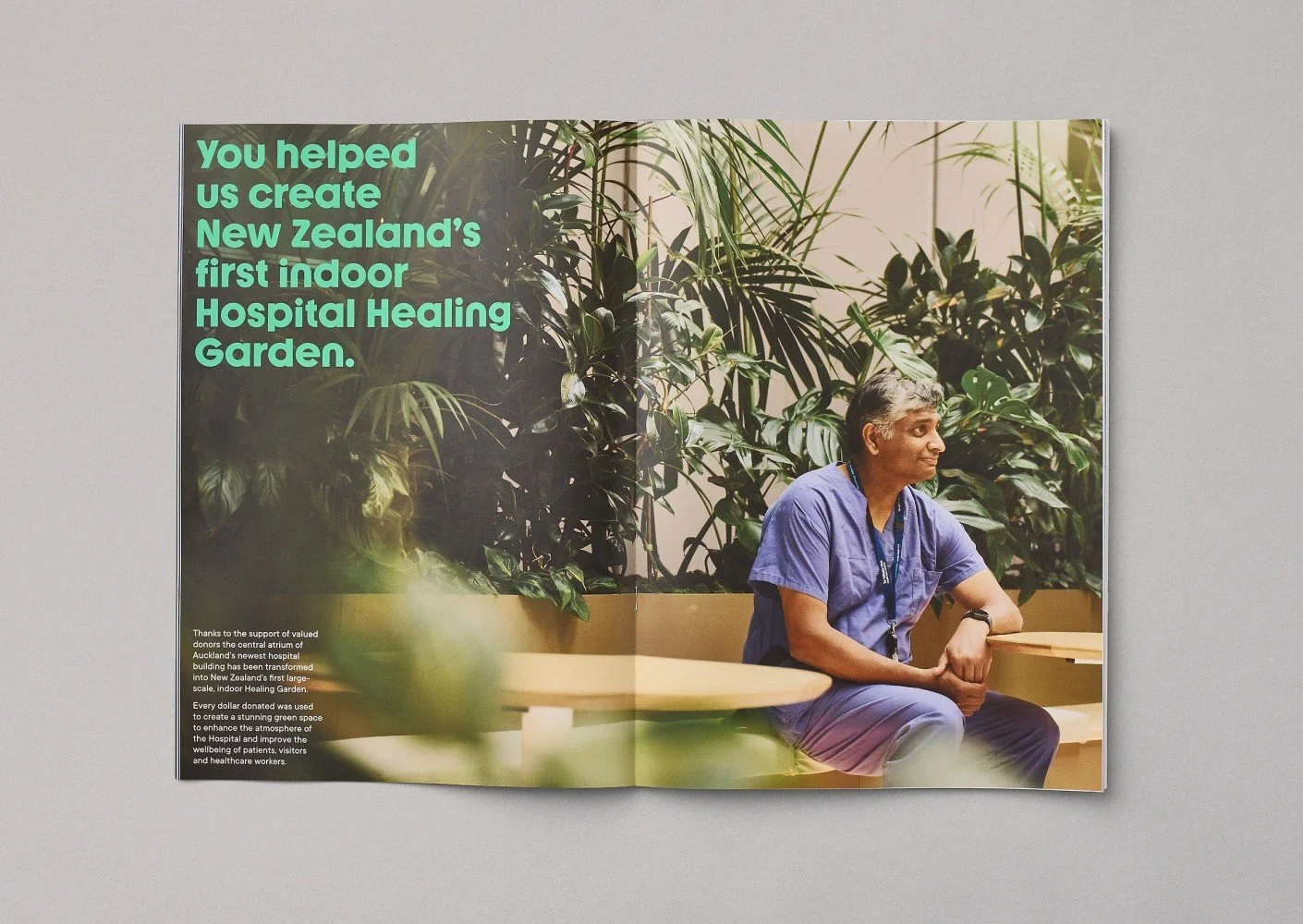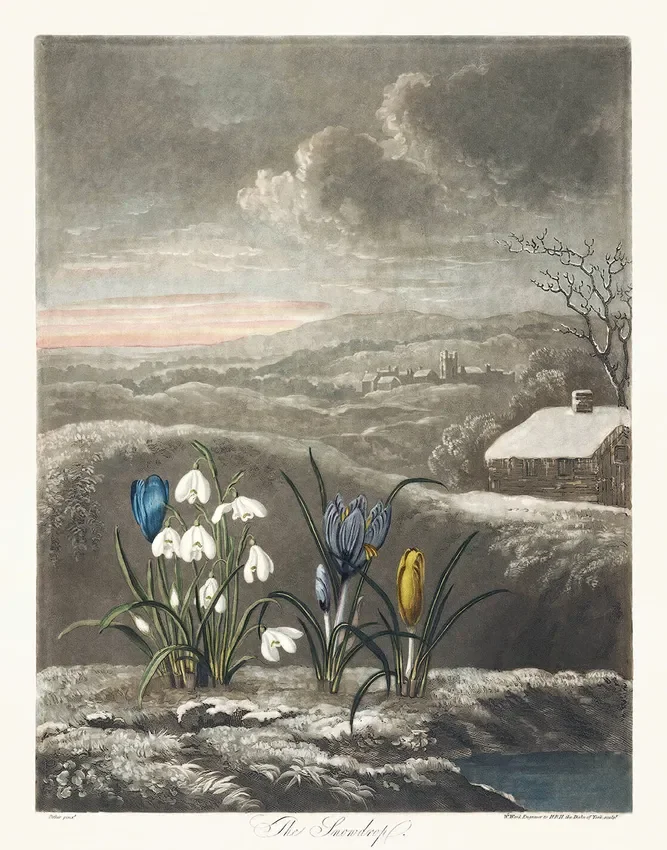Stories & The Seeds of Our Future
A drawing of a relief depicting part of Enūma Eliš (When On High), a Babylonian creation story dating to the late 2nd millennium BC.
Part I
A Sound Becomes a Story
Stories make us human. At some point in the distant past, between 60,000 and 100,000 years ago, a sound evolved into an utterance, which became a word. A word became words, and language was born. Then we invented stories, and stories invented us.
We used stories to transmit knowledge and values through generations and eons. Look to religion; what power would they hold without their creation myths? Without the tales of their prophets’ campaigns or parables of divine power?
Storytelling has been inseparable from brand for millennia. They are amongst our most refined instruments of communication and connection. Stories shape our individual narratives, our collective cognition, and the trajectory of the world to come.
Almost every business owner, strategist, designer, and marketer knows they need a brand story. Few understand why they are so integral to our work.
The short answer is, our evolution demands it. When we experience a story, our brains imbibe a potent cocktail of hormones and neurotransmitters of the body’s own making. A cyclical script of imagined risk & realised reward.
Part II
A Science Lesson from The Lion King
Rafiki presents Simba atop Pride Rock.
Remember Disney's The Lion King? Simba, the only son of Mufasa and Sarabi, is born. Atop Pride Rock, as music swells, Rafiki presents Simba to the animals of the Pride Lands as heir to the throne. Anticipation of what happens next makes our brain flood dopamine—a chemical “carrot on a stick"—through our system. It helps us to learn, remember, and focus.
Fast forward. There is a scene where he and Mufasa overlook the Pride Lands, and he learns how “everything the light touches” will one day be his when the sun sets on Mufasa’s time. A father-son moment, both heartwarming and heavy with omen. Oxytocin—the “love hormone”—envelops our brain chemistry in a hug that creates empathy for our main characters. It’s a catalyst for empathy and love, encouraging bonding and engendering trust.
Then the resentful Scar lures Simba and Mufasa into a wildebeest stampede. Mufasa saves Simba's life, putting his own in danger. As he dangles over a torrent of stampeding animals, he implores Scar to pull him up. Evil in his heart, Scar slashes at Mufasa's paws, killing him. He deceives Simba, still a child, into believing that this tragedy was of his own making. Simba runs away from the Pride Lands, destitute and alone.
As we recoil from the violence of Simba’s childhood’s end, we're dosed with cortisol, our body’s “stress hormone”. It heightens our alertness. Stakes are high, and things have gone wrong. We must be on our toes.
For every story beat through the rest of the movie, our brain continues to react; an injection of hormones here, a rush of neurotransmitters there. It's entirely involuntary. A fact of our physiology. It happens every time we engage with any story. During a catch-up with an old friend who has travelled the world and returned with yarns aplenty. In ads about the consequences of drink driving. In the stories that you tell about your brand, and the stories that your customers tell about your brand.
Storytelling, done well, is a commercial strategy with foundations in our evolutionary psychology. Its efficacy is an inevitability of our evolution. As proof, look to Significant Objects.
Part III
Storytelling & Significant Objects
Significant Objects is a project described as a “literary and anthropological experiment”. It's a compelling case study that demonstrates the power of storytelling to shape our perception of value. Rob Walker and Joshua Glenn purchased 200 random trinkets from op-shops for an average of $1.25 to sell on eBay. They had 200 writers furnish each item's description with a short story that detailed a fictional history.
The items sold for a total of $8,000; an astronomical return of 3,200%. Subjective value influences objective outcomes.
Object No. 17. Purchased for $2.49, and sold for $61.00.
For the pragmatic, you'll think "tell stories to do better business." For the cynical, perhaps "exploit biological imperatives to make more money." Both are true, and corporations know this explicitly. When fueled by greed and capital, brand and storytelling can be — and have been — weaponised. At its most benign, these techniques are employed to rip people off. At its most malignant, to radicalise people into campaigning against their own self-interest, eroding the very same values these corporations claim to champion.
Part IV
Stories are Prophecies
A spread from the Well Foundation’s "The Ripple Effect" book. Design by: Unordinary.
In all honesty, as a brand strategist and designer, I've been conflicted about the ethical implications of my craft. But upon much self-interrogation, I've concluded that brands and storytelling are merely tools. What matters is how they are used.
Earlier this year, I had the privilege of working with the Well Foundation, the North Shore Hospital's charity, to help refresh their brand. Alongside Matt Hammond at Unordinary, we collaborated with the team to help the Well Foundation better connect with — and appeal to — the patients and people for whom they worked. The core imperative of the project was to tell better stories of locals, for locals. Later, I was grateful to receive a note from Ruth Morse, the Well Foundation's Chief Executive, saying "[The brand] has been so well received and has made such a difference to the work we are doing."
Brands that produce ethical products know that their sustainable supply chain is their unique value proposition, but how many sell that point with effective stories? Could governments and community groups better leverage narratives to encourage deeper civic engagement? Could environmental organisations win more support for their cause by telling better stories? Could they go beyond painting our future by numbers and instead chronicle what happens when people enact their agency to create meaningful, lasting, and positive change?
Stories are tools. They are catalysts. To help us hope, to dream, to believe. We are all storytellers as much as we are biologically attuned story-receivers. It’s an inescapable inheritance of our evolution. Stories are instrumental to our incredible ability to communicate and cooperate. It is no exaggeration to say that the tales we tell ourselves, and the narratives that surround us, become embodied self-fulfilling prophecies.
They are the lessons we learn, the patterns we perpetuate & the legacy we leave to the generations that come after us. I believe, as storytellers all, our responsibility is to ensure it’s a legacy worth inheriting. Stories are the seeds of the future we nurture & the future grows from the stories we choose to tell.
"The Snowdrop", an illustration depicting the first signs of spring by botanist by Dr. Robert John Thornton.





